The Bahamas, molded by World War I echoes and the tribulations of the Great Depression, witnessed dramatic societal upheavals in the early twentieth century. As the economy transformed from traditional industries to a tourism and foreign investment-driven powerhouse, urbanization reshaped the vibrant capital of Nassau.
Yet, amid economic disparities and simmering tensions, a unique Bahamian identity emerged, blending diverse cultures and laying the groundwork for a nation’s evolution.
Join us on a trip through postwar societal transformations, the endurance of the Great Depression, the effects of World War II, and the victories of civil rights and social reforms that have changed the Bahamas into the nation it is today.
Post-WWI Social Change
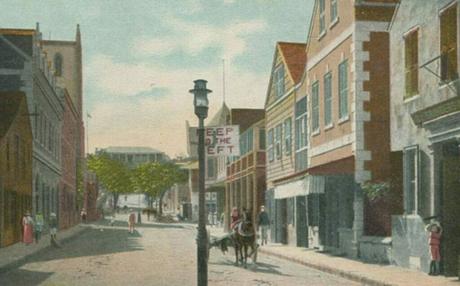
As the ghosts of World War I faded, the Bahamas, like the rest of the globe, began to transform. The early twentieth century saw major change as the economy, which had historically relied on sponging and agriculture, began to modernize. Tourism and foreign investment became the new stalwarts of economic growth, luring wealthy Americans and Europeans to its sunny shores. As these industries blossomed, so too did urbanization, particularly in Nassau, transforming the capital into a vibrant, bustling city.
Concurrently, the social fabric of the Bahamas began to morph. As more people congregated in urban areas, social divisions became increasingly visible. Class and racial tensions simmered beneath the surface, propelled by economic disparities. Yet, amidst these tensions, a sense of Bahamian identity began to form, built on shared experiences and cultural fusion. This was the first stirring of a national consciousness that would influence the twentieth century’s trajectory.
Post-WWI Social Change in the Bahamas
- Economic Transformation:
- Shift from traditional economic activities like sponging and agriculture to tourism and foreign investment.
- Wealthy Americans and Europeans were attracted to the Bahamas, leading to an influx of visitors and investors.
- Tourism and foreign investment became major contributors to economic growth.
- Urbanization:
- Nassau, the capital of the Bahamas, experienced significant urbanization.
- Tourism and foreign investment growth resulted in the construction of infrastructure and the expansion of metropolitan areas.
- Nassau turned into a dynamic and bustling metropolis that catered to both inhabitants and tourists’ needs and ambitions.
- Social Divisions:
- The increasing concentration of people in urban areas made social divisions more pronounced.
- Economic disparities fueled class and racial tensions within Bahamian society.
- These tensions were often simmering beneath the surface, highlighting the need for social change and equality.
- Formation of Bahamian Identity:
- Shared experiences and cultural fusion contributed to the emergence of a unique Bahamian identity.
- The blending of diverse cultural influences, including African, European, and Indigenous, shaped the national consciousness.
- The creation of a unique Bahamian identity would have long-term consequences for the country’s history and future.
It is crucial to highlight that these developments were not limited to the Bahamas, but were part of a worldwide revolution that occurred following World War I. The economic shifts, urbanization, social divisions, and the search for identity were common themes experienced by many nations during this time.
However, in the Bahamas, these changes laid the foundation for the country’s future trajectory and helped shape its distinct cultural and social landscape.
The Great Depression
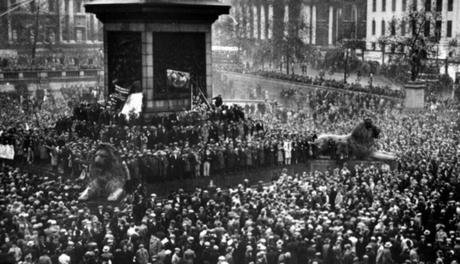
The Great Depression in the 1930s cast a long, desolate shadow over the globe, and the Bahamas was no exception. The collapse of international markets crippled the nation’s budding tourism industry and sent unemployment rates soaring. Breadlines became a common sight in once-thriving towns, adding to the social unrest and disillusionment.
However, the hardship and poverty ignited a spark of resilience and solidarity amongst Bahamians. Mutual aid societies proliferated, providing financial and social support to the most vulnerable. This era of strife planted the seeds of collective action and heightened political awareness, paving the way for the labor movement in the ensuing decades.
The Great Depression and Its Impact on the Bahamas
The Great Depression had a significant influence on the Bahamas, notably on the tourism economy. As the global markets collapsed, the nation, heavily dependent on tourism, suffered immensely.
The abrupt decline in tourist arrivals dealt a devastating blow to the economy, leading to widespread unemployment and financial instability. Once-thriving hotels and resorts stood empty, leaving many individuals who were involved in the tourism sector without income or job prospects.
However, amidst the hardships of the Great Depression, Bahamians displayed remarkable resilience and a spirit of solidarity. Mutual aid societies emerged as a crucial support system, offering financial assistance and community care to those who were most affected by unemployment and poverty.
These societies fostered a sense of unity and collective action, as individuals came together to help one another through the challenging times.
The era of hardship and social unrest during the Great Depression also played a significant role in raising political awareness among Bahamians. The devastating effects of unemployment and poverty made people increasingly aware of the need for fair labor practices and workers’ rights.
This heightened political consciousness set the stage for the labor movement, which would gain momentum in the following decades. The labor movement in the Bahamas pushed for better working conditions, pay, and social rights for employees, ensuring that the working class’s opinions were heard.
The Great Depression was undoubtedly a challenging period for the Bahamas, but it also served as a catalyst for resilience, solidarity, and political awakening. The events of this period provided the groundwork for future social and political movements, defining the country’s response to economic crises and pursuit of social justice.
WWII and Its Aftermath
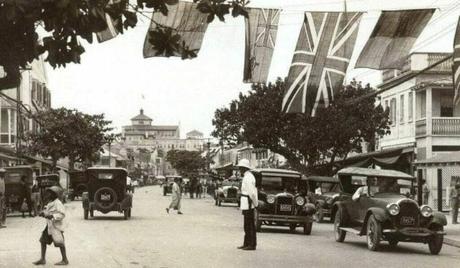
World War II and its aftermath again shifted the sands of Bahamian society. The strategic importance of the Bahamas during the war led to the creation of training bases and an influx of American and British servicemen. This, coupled with the eventual post-war boom in tourism, revitalized the economy and catalyzed social change.
The population swelled, cities expanded, and a burgeoning middle class emerged. Education became a priority, leading to a more literate and politically conscious population. However, the rapid changes also intensified existing societal tensions. Racial and economic disparities persisted, often aggravated by urban overcrowding and the growth of slum areas.
Reshaping Bahamian Society
Strategic Importance and Military Presence:
- The strategic location of the Bahamas during World War II led to the establishment of training bases and an increased presence of American and British servicemen.
- The influx of military personnel brought economic opportunities and investment to the islands, stimulating the local economy.
- The military presence also fostered cultural exchange and interaction between Bahamians and foreign soldiers, shaping social dynamics and leaving a lasting impact on the local population.
Revitalization of the Economy:
- The postwar period saw a surge in tourism, which helped to revitalize the Bahamas’ economy.
- The increase in tourist arrivals generated employment opportunities, particularly in the hospitality and service sectors.
- The economic growth spurred urban expansion and the development of infrastructure, transforming cities and contributing to the emergence of a burgeoning middle class.
Focus on Education and Political Awareness:
- The post-war period saw a renewed emphasis on education in the Bahamas.
- Access to education expanded, leading to a more literate population and an increase in political consciousness.
- Education became a social change catalyst, allowing citizens to participate in political debate, advocate for their rights, and contribute to the formation of Bahamian society.
Societal Tensions and Disparities:
- While the post-war period brought progress and economic growth, it also exacerbated existing societal tensions.
- Racial and economic disparities persisted, with urban overcrowding and the growth of slum areas exacerbating these inequalities.
- These challenges highlighted the need for social reforms and a continued struggle for equality and social justice.
World War II and its aftermath had a significant influence on Bahamian society. It reshaped the economy, spurred urban development, and fueled social change. While there were positive developments such as increased education and a growing middle class, underlying tensions and disparities persisted, calling for further efforts to address social inequalities and foster a more inclusive society.
Civil Rights and Social Reforms
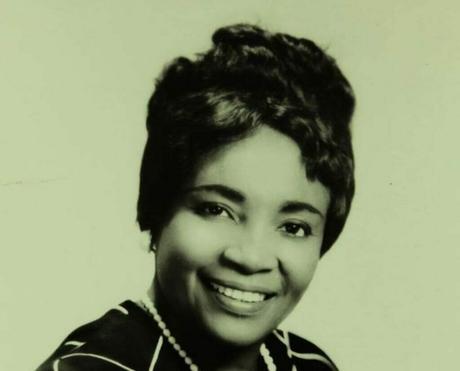
By the mid-twentieth century, the call for equality and justice was resonating across the Bahamas. Inspired by the global Civil Rights Movement, Bahamians began to challenge the status quo. Strikes and protests became more common as the demand for labor rights and political representation grew louder.
With the introduction of Majority Rule in the 1960s, a watershed moment occurred, signaling the end of an age of political and social inequality. Legislation promoting equal rights was passed, and social reforms focused on education, housing, and healthcare were implemented. The journey was long and often fraught, but the Bahamas of the 21st century stands as a testament to these monumental social changes of the previous century.
Civil Rights and Social Reforms in the Bahamas
The mid-20th century marked a pivotal moment in the Bahamas, as the call for equality and justice reverberated through its society. Inspired by the global Civil Rights Movement, Bahamians began to challenge the status quo and fight against racial discrimination.
Strikes, protests, and grassroots activism became more common as individuals and groups raised their voices, demanding labor rights, political representation, and an end to social injustices. The movement for civil rights in the Bahamas mirrored the struggles taking place around the world, demonstrating the shared determination to achieve equality and a more inclusive society.
A watershed moment arrived in the 1960s with the establishment of Majority Rule in the Bahamas. This marked the end of a period of political and social inequality in which a minority maintained authority over the majority.
With Majority Rule, legislation was enacted to promote equal rights and opportunities for all Bahamians. Comprehensive social reforms were introduced, focusing on areas such as education, housing, and healthcare.
These changes attempted to eliminate systemic disparities and build a more equitable society by ensuring that everyone had access to basic services and chances for personal and social progress.
The struggles for civil rights and social reforms in the Bahamas were met with resistance and challenges along the way. However, the progress made demonstrates the tenacity and commitment of Bahamians who battled for equality.
The Bahamas of the twenty-first century reflects the transforming force of social movements and the will to construct a more inclusive society. While more work need to be done to address residual gaps, advances in civil rights and social reforms have established the groundwork for a more just and equitable society, influencing the Bahamas’ current and future direction.
Key People During the Reforms
- Sir Lynden Pindling:
- As a prominent political figure and leader of the Progressive Liberal Party (PLP), Sir Lynden Pindling played a pivotal role in advocating for Majority Rule and spearheading social reforms.
- He was a dynamic leader who advocated for equal rights, justice, and empowerment for all Bahamians.
- Pindling led the PLP to victory in the 1967 general elections, marking a significant turning point in Bahamian history.
- Dame Doris Johnson:
- Dame Doris Johnson was a well-known women’s rights campaigner, educator, and politician who helped shape the social reform movement.
- She actively battled for gender equality and was an outspoken champion for women’s rights and development.
- Johnson was a driving force behind the formation of the Women’s Suffrage Movement in the Bahamas, which resulted in women getting the right to vote in 1962.
- Randol Fawkes:
- Randol Fawkes was a renowned trade unionist and founder of the Bahamas Federation of Labor.
- He was a key figure in promoting workers’ rights and against workplace discrimination.
- Fawkes organized strikes and protests, advocating for fair wages, improved working conditions, and equal opportunities for all workers in the Bahamas.
- Sir Milo Butler:
- Sir Milo Butler was a prominent political figure and the first Bahamian Governor-General.
- He was a prominent champion for equality and was instrumental in the Bahamas’ campaign for social changes.
- Butler’s election as Governor-General in 1973 was a watershed moment in the country’s history, representing the Bahamian people’s capacity to govern themselves.
These notable people, along with many activists, community leaders, and regular residents, contributed significantly to the Bahamas’ civil rights and social change movement.
Their tenacity, passion, and unflinching commitment to justice and equality made an indelible mark on the nation’s history and influenced the Bahamas’ trajectory toward a more inclusive and fair society.
20th Century Bahamas FAQ
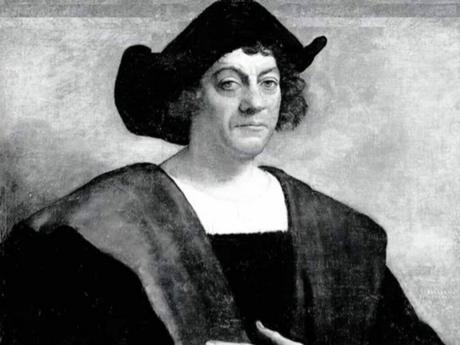
What Major Historical Event Happened In The Bahamas?
In 1973, the Bahamas achieved independence from British colonial rule. This milestone event marked the culmination of a long journey towards self-governance and marked the establishment of the modern sovereign nation of the Bahamas.
What Was The Bahamas Originally Called?
The Bahamas were originally called Guanahani by its indigenous Lucayan inhabitants. When Christopher Columbus landed in 1492, he nicknamed the islands “Baja Mar,” which translates to “shallow sea” in Spanish. Over time, the name evolved into “Bahamas.”
What Is The Bahamas’ Brief History?
The Bahamas’ history dates back to the arrival of indigenous Lucayan people. Christopher Columbus encountered the islands in 1492, leading to Spanish colonization attempts. However, British colonization in the 17th century was more successful, and the Bahamas became a British crown colony. It played a role in the American Revolutionary War and was later a haven for pirates. The Bahamas gained internal self-government in 1964 and full independence in 1973, becoming a constitutional monarchy within the Commonwealth. The Bahamas are currently a famous tourist destination recognized for their stunning islands and rich culture.

